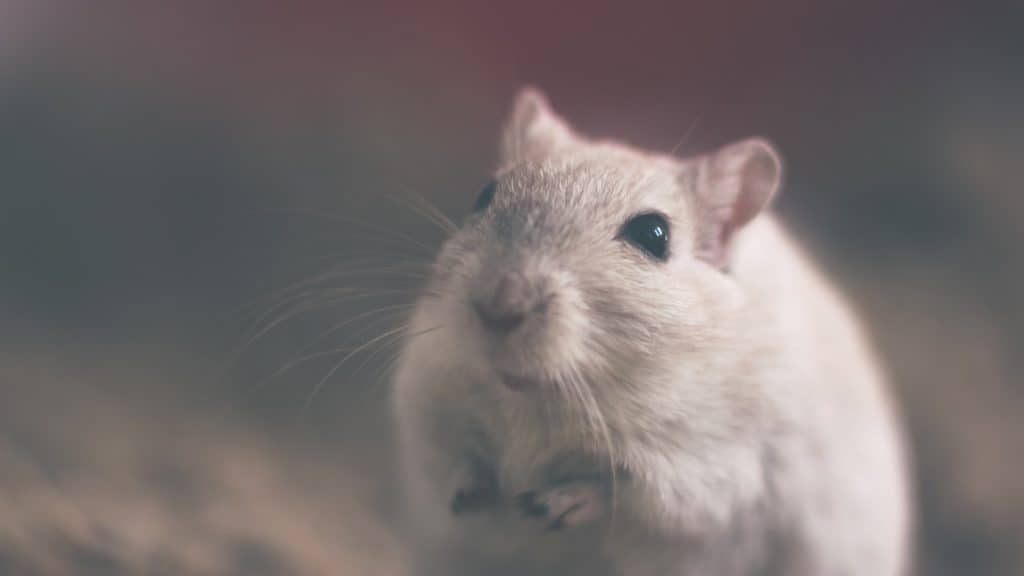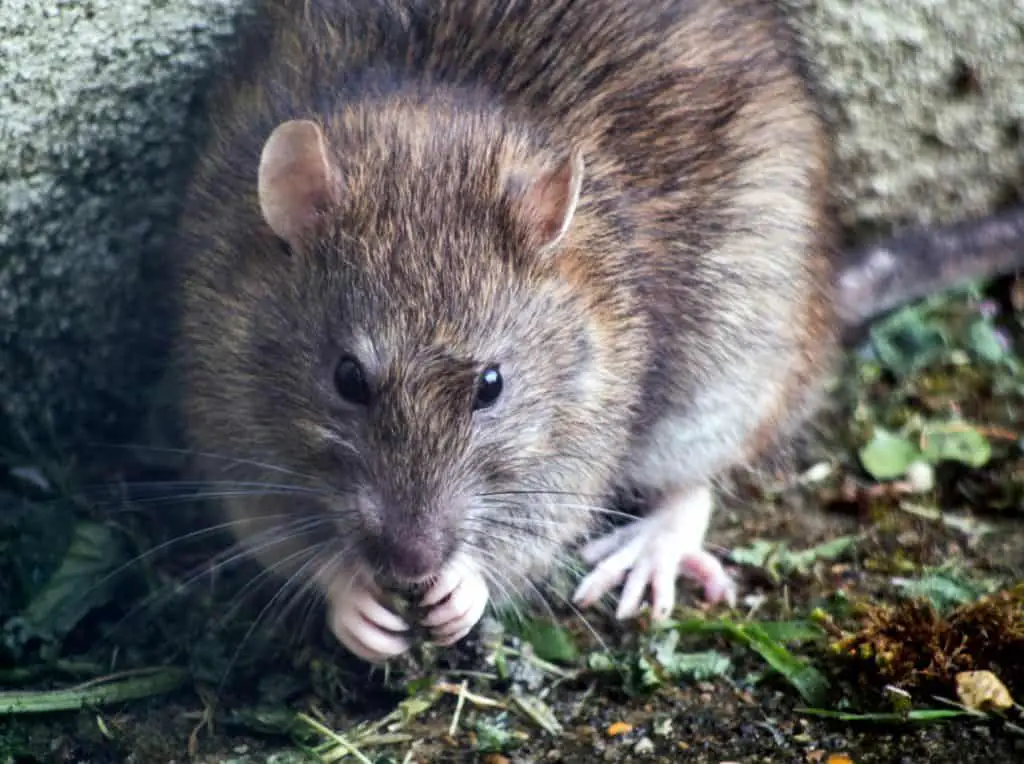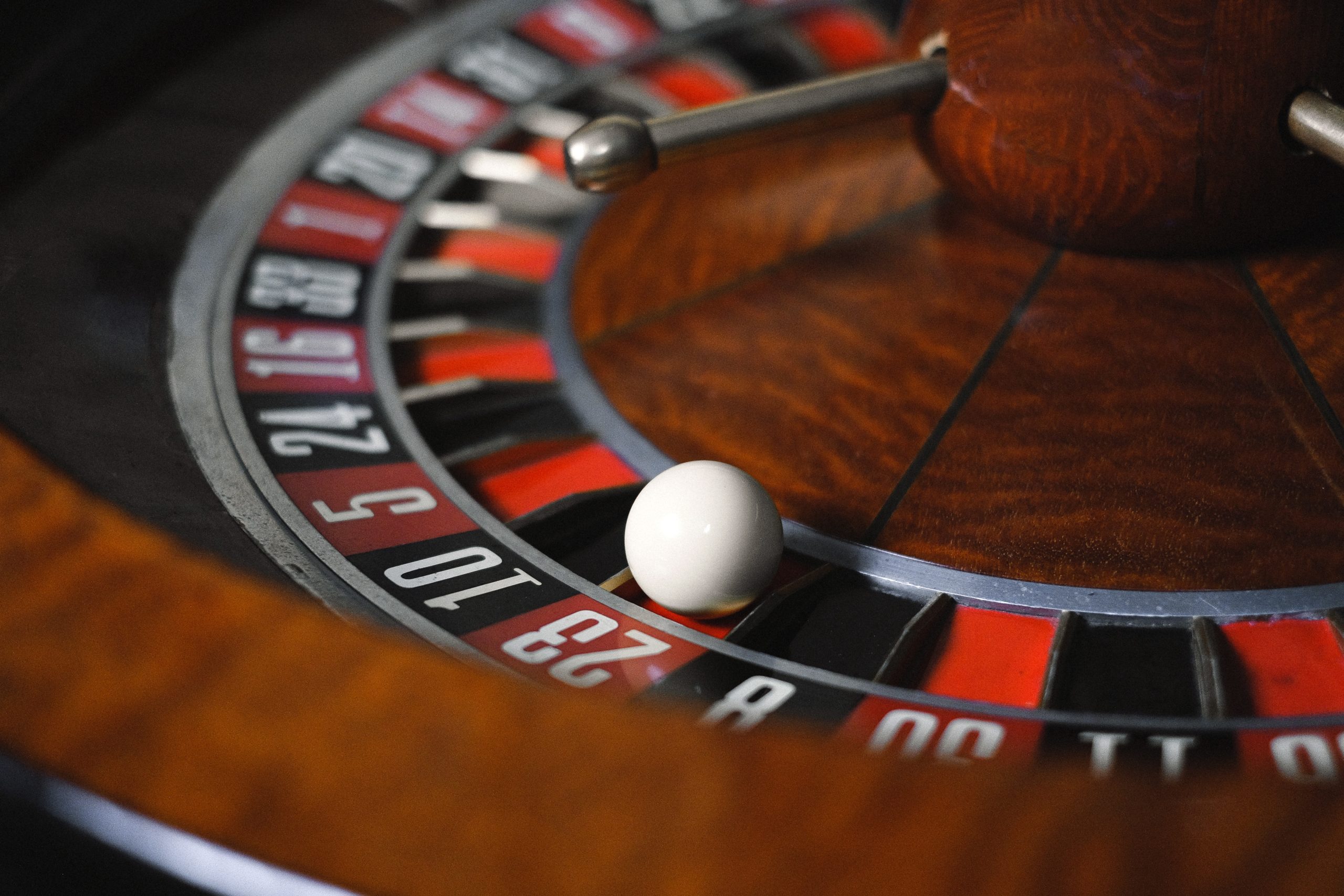
Norway rat
Norway rat is among the small yet notable animals that form part of the Norwegian Wildlife. Probably, Norway is mainly know for its polar bears that bestride the ice sheets and forest in the country as a colossus. as small as the Norway Rat may be, there is so much that is peculiar and worth learning about it.
Norway rat, is scientifically called Rattus norvegicus. It has a ray brown body, whitish underpants as well as long scaly tail near homes or barns. It has a body and a head length of about 28 cm and weighs between 140g to 500g. The rat is believed to have originated from China, but it has spread to all parts of the world except Antarctica.

Life History of Norway rat
Despite its name, the Norway rat is believed to have originated from China, Asia. The rat deviated from the sibling species Rattus nitidus (Himalayan field rat) about 620 to 644 thousand years ago, and some remains of Rattus norvegicus have been found in Sichuan-Guizhou, a Chinese province.
Rattus norvegicus got its Name Norway rat since it is believed to have migrated to England from Norway around the 18th century. Nonetheless, the species originated fraom China through Russia. Besides, several remains of the rat have been found in the archeological sites dated the 14th century, which make people believe that maybe the rat had inhibited the European nation Earlier. Rattus norvegicus reached North America between 1750 and 1775.
Characteristics of the Norway rat
As compared to the other rats, such as roof rats which are skilled climbers, the Norway rats are not climbers, and this makes them inhibit the basement areas. Also, they are heavier. The Norway rats are unique as they gnaw objects and transmit diseases through urine, fleas, mites in the fur, and droppings.
1. Behavior and senses
The brown rat is nocturnal. It loves being in small, confined, dark laces and does avoid moving in well-lit or open spaces. The rat moves on four limbs with the whiskers and fur in contact with the large objects and walls. It also has the ability of swimming, diving, and jumping.
One unique thing about the Norway rats is that they have poor eyesight as well as sensitivity to sharp light. The rat also has dichromatic color vision, which is possible through the two classes of cone cells located in the retina. The Norway rats have the capacity of detecting sounds between approximately 0.2-80KHZ.
2. Reproduction
The Norway rats’ sexual maturity is approximately 11 weeks, their pregnancy period is between 21-24 days, and they give birth to roughly 7 to 8 pups. Just like human beings have shelter, the female rats do ensure that they build nests before giving birth, as the young ones are usually born blind, naked, and depend on the mother fully. The young rats do commence leaving the nest as well as ingesting solid foods after 14 days of being born.
3. Social behavior
The Norway rats do live in groups and develop social relations. During the favorable conditions, they do establish colonies of hundred individuals. The colonies contain groups having an adult make, few females, and the young ones. The groups further inhibit some areas referred to as territories that are marked and delineated with scent cues.
The males’ have the responsibility of defending their territories from intruders that might come from other groups. The males’ social aggression does increase as they cohabitate with the females. When the individual Norway rats meet, they examine themselves thoroughly, and they rely on sex to detect nutrition, reproductive status, health, age, and sex. If one of the rats is recognized not to be part of the group, then it may be attacked, making it retreat from that territory.
4. Communication
The Norway rats have the capacity to produce ultrasonic vocalizations. The young rats do utilize different kinds of ultrasonic cries in eliciting and directing maternal search behavior. Even though the pups do produce ultrasounds when they are near any other rats when seven days old, at 14 days old, they do reduce the production of ultrasound as a way of defending themselves.
5. Chirping
In some cases, the Norway rats do emit an ultrasonic, high frequency, short, and socially induced vocalization during tumble and rough play before getting mating or when tickled. The vocalization is usually linked to laughter or expecting something that is rewarding. Moreover, chirping is normally linked to social bonding and positive emotional feelings. However, as they age, the chirping tendency declines.
6. Audible Communication
The Norway rats produce communicative noises that humans can hear. The ones that are mostly heard include teeth grinding and bruxing that are triggered by happiness. The noise can be described as quick clicking or even burning sound that varies from one rat to the other.
7. Neophobia and exploration
Norway rats are inquisitive, and they are very eager to explore new environments. After being introduced to unfamiliar food, the rats do reduce their food intake. Initially avoiding the unfamiliar new food and later sampling it characterize food neophobic. In a case where the new food is not linked to adverse body symptoms, then the Norway rats will eat more.
8. Reproduction and Development
The Norway rats are polyandrous, which means that the males and females in a group have several partners. The sexual maturity of the females and males is four months and three months, respectively. Nonetheless, the females usually breed at a young age since competition plays a role in delaying for young small male rats.
Although breeding is not seasonal, it does increase during the warm months. The females normally go to estrus 18 hours after they have given birth, and they have the capacity of having about seven litters in one year. The females experience about sex hour duration of estrus in which they mate with several competing males about 500 times.
9. Eating habits/food
The Norway rats are foragers and may survive on different foods. In one study, the stomach contents of one rat revealed over 4000 different items. This ability has enabled them to spread all over the world successfully. In the urban areas, the Norway rats mainly feed on discarded human foods, and in some cases, they turn into pests and feed on crops in the fields as well as cupboards.
10. Sleeping Habits and Lifespan
The Norway rats are mainly active during the night and at dusk. Under human care, the rats can live for about four years. However, in the wild, they have approximately two years of lifespan.









Leave a Reply